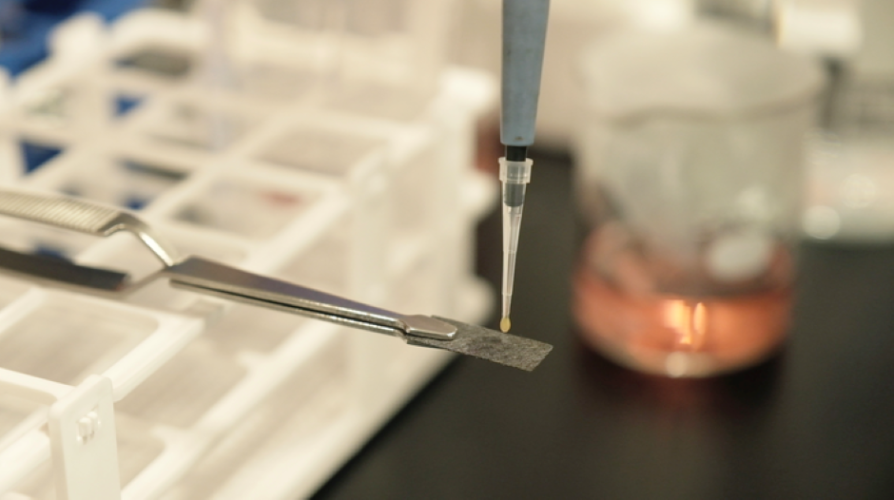The breakthrough has been made by a team of international scientists led by Nanyang Technological University (NTU Singapore). Their method produces urea, which is an essential compound of mass-produced fertilisers.
According to NTU, the Haber-Bosch process used to make urea is energy-intensive, requiring temperatures of 500oC and pressures of 200 times sea-level atmospheric pressure. The process is said to create significant CO2 emissions and contributes to approximately two per cent of global energy annually.
Seeking a more sustainable and energy-efficient method, the team found a way to greatly improve electrocatalysis, an existing alternative approach to urea production.
Using the nanomaterial indium hydroxide as a catalyst, the researchers reacted nitrate and carbon dioxide and found that the process formed urea five times more efficiently than previously reported attempts using electrocatalysis, specifically by causing the chemical reaction to take place in a ‘highly selective’ manner.
In a statement, co-lead author, Professor Alex Yan from the NTU School of Materials Science and Engineering (MSE) said: “Our method essentially manipulates the chemical reaction process to become ‘highly selective’. By picking a better catalyst, we helped the nitrate ions and carbon dioxide molecules to optimally position themselves to facilitate urea formation, while suppressing the creation of unnecessary by-products like hydrogen, leading to higher efficiency and better urea yields.”
The study findings have been published in Nature Sustainability and the alternative urea production method has been patented by NTU.
This new method to produce urea may inspire the future design of sustainable chemistry approaches and contribute to ‘greener’ agricultural practices to feed the world’s growing population, the research team said.

As a proof of concept, the scientists tested the efficiency of their devised method in the lab and found that the approach achieved a urea yield of 53.4 per cent, which is competitive with the current Haber-Bosch industrial method.
Haber-Bosch, a two-step thermal process, is fossil fuel reliant and can only happen at specific high temperatures, and high-pressure conditions. First, nitrogen and hydrogen are combined to make ammonia. Carbon dioxide is then bonded with it to make urea. By comparison, the new NTU approach is more environmentally friendly and simpler. It uses nitrate - a compound with bonds that require less energy to break - carbon dioxide, and hydrogen to directly trigger urea formation under room temperature.
The new method is simple enough to be adopted at large and small scales, the research team claim. The electrocatalytic device could be easily operated by farmers to generate their own urea for fertilisers. The method could also one day be powered entirely by renewable energy.

First author of the research, Dr Lyu Chade, Research Fellow from the NTU School of MSE said: “With advances in solar technology, we may potentially use sunlight to power the electrocatalysis process in future, which can further help lower global emissions.”
Looking forward, the research team is aiming for higher yield results and to refine the catalytic selectivity. They also plan to create a prototype device to demonstrate scaled up urea production.
The international research team includes researchers from the University of Texas at Austin, University of Science and Technology of China and Harbin Institute of Technology, China.




Project to investigate hybrid approach to titanium manufacturing
Sadly they will not be ordering any more presses from Wilkins & Mitchell http://www.historywebsite.co.uk/articles/Darlaston/WM.htm